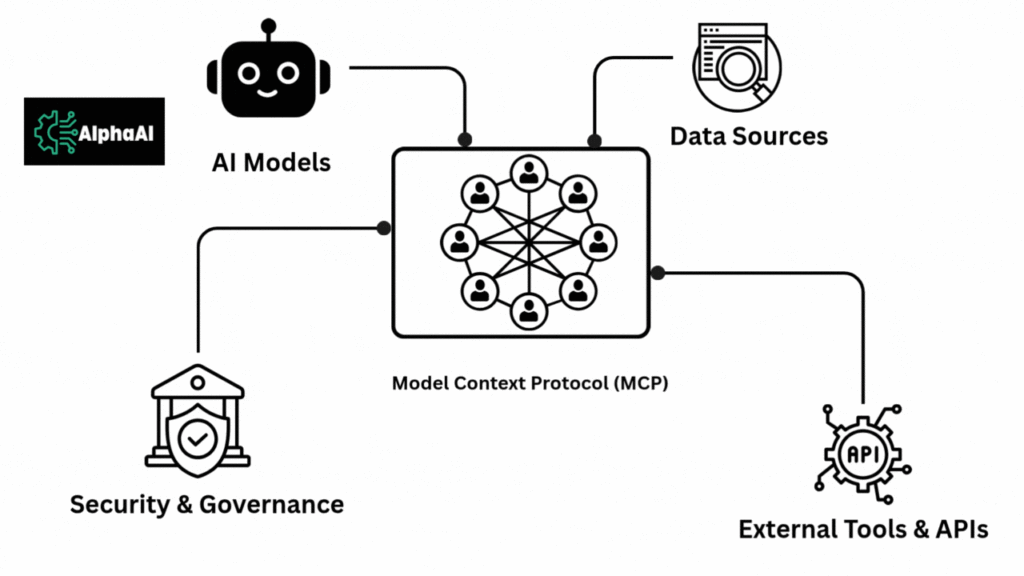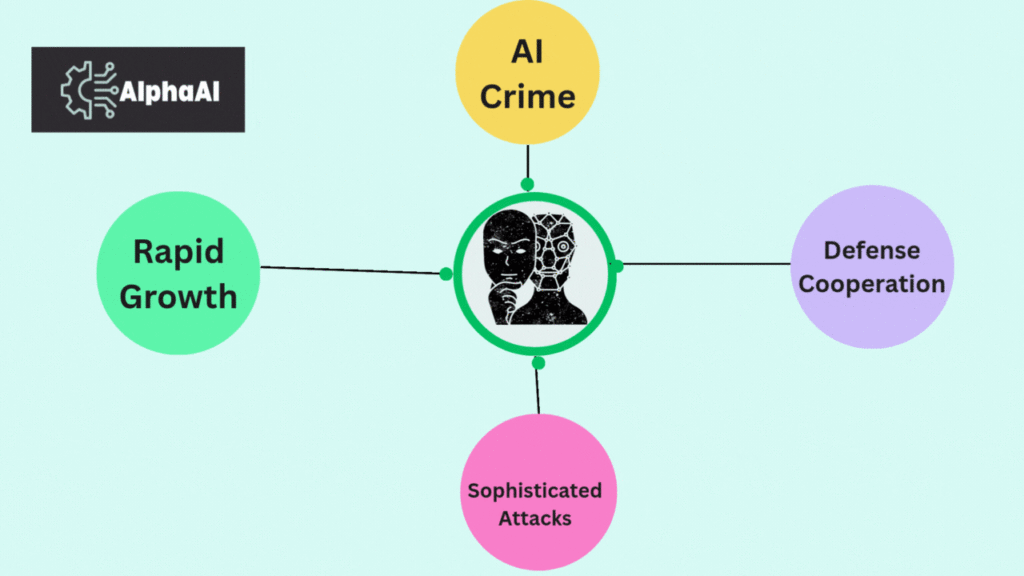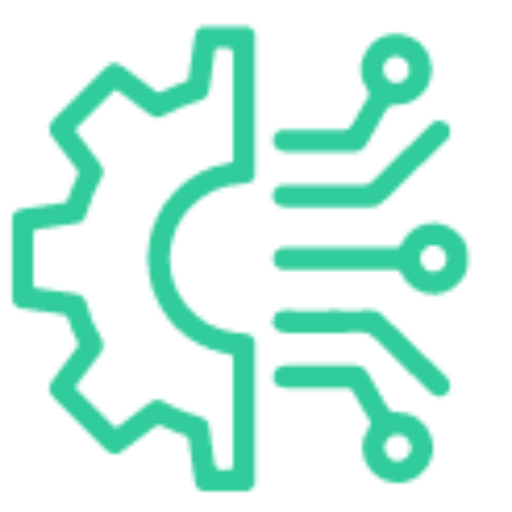AI Strategies That Lower Costs and Improve Efficiency

According to Forbes, by 2025 and beyond, businesses will leverage cloud-native architectures, real-time analytics, and AI-driven insights to drive more intelligent decision-making and operational efficiency, thereby accelerating innovation at an unprecedented pace. However, many companies continue to face challenges with growing operating expenses and inefficiencies that restrict their ability to expand and generate profits.
Simplify AI Integration with Model Context Protocol

According to Gartner, 80% of D&A governance projects will fail by 2027 because a genuine crisis has not been created. Linking AI models to suitable, real-time data is challenging for nearly 70% of organizations. Furthermore, approximately 65% of developers spend too much time developing distinctive connectors for every data source. These problems prevent innovation and reduce the value of AI systems.
Quickly Understand AI-Enabled Crime and Responses

According to Gartner, the improper use of generative AI (GenAI) across borders will cause more than 40% of AI-related data breaches by 2027. Experts warn that the frequency and sophistication of criminal activity are rising significantly due to criminals’ quick adoption of AI tools to automate scams, produce convincing deepfakes, and perform extensive cyberattacks.
AI-Powered Scams Leverage Social Media to Target Global Victims

According to Forbes, 2025 will be the year AI transforms into fraud. AI fraudsters are becoming more sophisticated and widespread, targeting vulnerable people worldwide.
Transforming Healthcare: How Predictive Analytics is Revolutionizing Patient Outcomes

This blog explores the transformative impact of predictive analytics on healthcare and how it is shaping the future of patient care.

